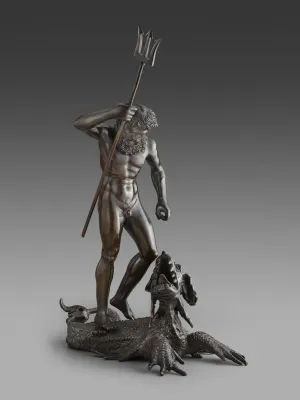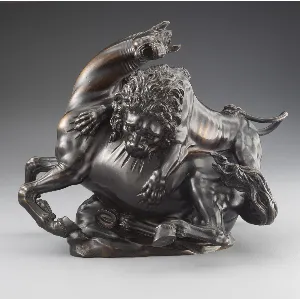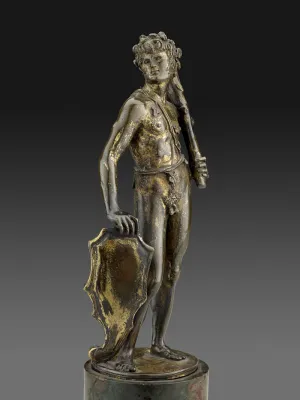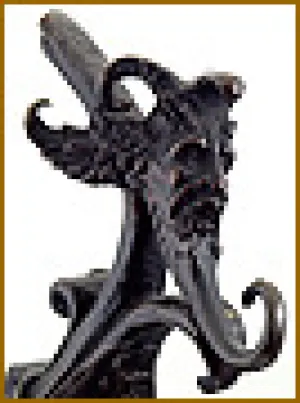Timed tickets required (except for members)!

NOW OPEN
Plan your visit to our renovated buildings.
Advance timed tickets are required.
Members visit free, with no reservations!
Support The Frick Collection
Your generosity sustains our world-class public programs, research, and conservation efforts.
The Frick at Your Fingertips
Museum and library news straight to your inbox.
Sign up today!







